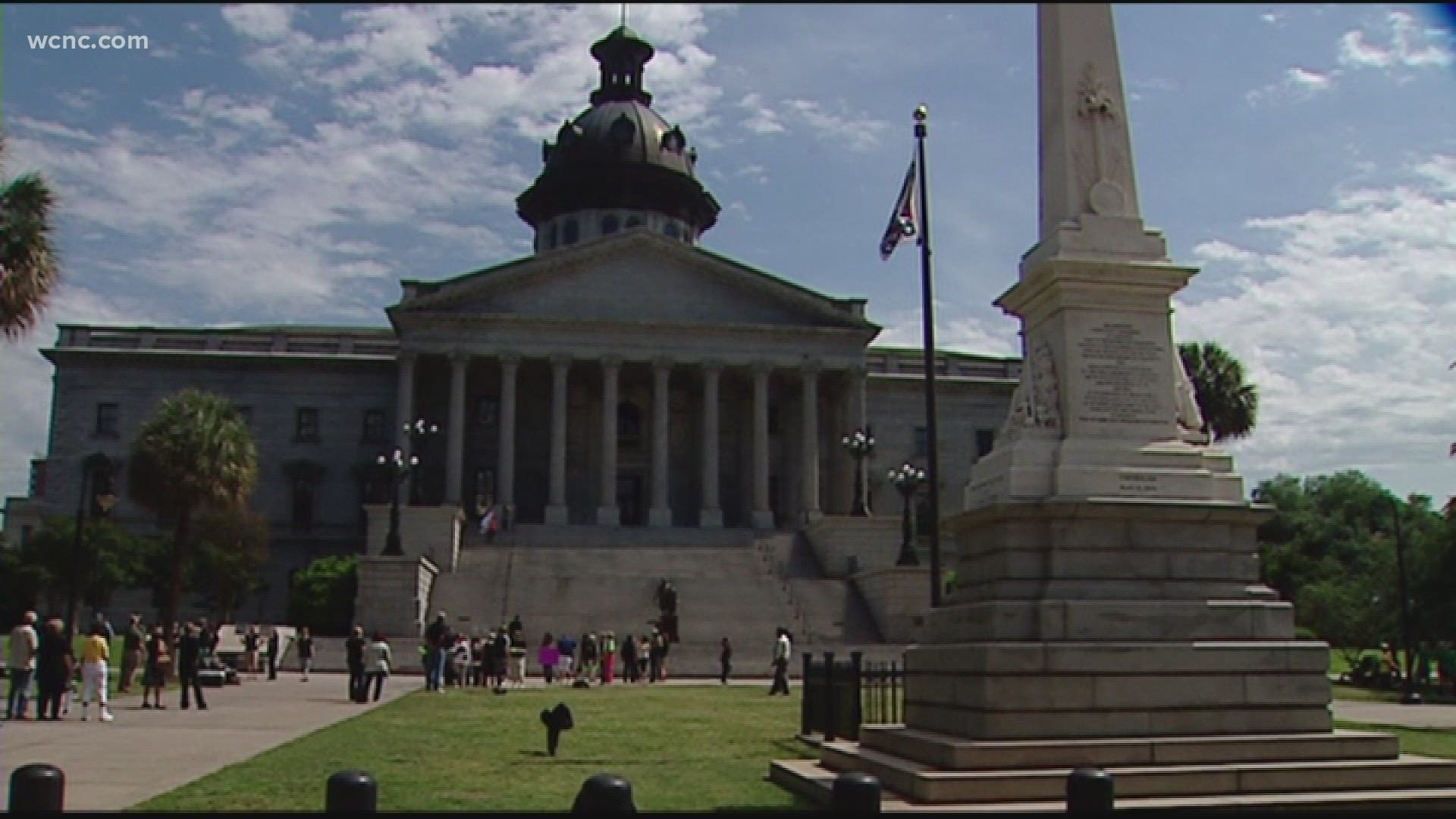COLUMBIA, S.C. — South Carolina Governor Henry McMaster and state health officials say while the coronavirus vaccine is on the way, it's going to take months to distribute it, and this is no time for people to let their guard down as cases continue to spike.
McMaster spoke Tuesday from the state's emergency operations center where was joined by Dr. Linda Bell, the state's infectious disease expert, as well as other health leaders.
"We've got a long way to go before we manage our way out of the virus," the governor said.
It was the governor's first briefing since the state has seen a rapid spike in coronavirus cases in the last few weeks. South Carolina has seen six consecutive days of more than 2,000 coronavirus cases, the highest stretch of cases ever seen through the entire pandemic. That includes four days where the total exceeded the previous one-day high set back in July.
"It appears many people have let their guard down," McMaster said. "Now is not the time to let up. Now is the time to redouble our efforts."
The state is also set to get its first does of the coronavirus vaccine by next week. The CDC is expected to give emergency use authorization to vaccine created by Pfizer as early as the end of this week. The competing Moderna vaccine is expected to be approved by the end of the year.
Already, the United Kingdom and Canada have approved the vaccine for use, with the UK already administering the first shots.
DHEC said the federal government has told them to expect between 200,000 and 300,000 doses by the end of the year. That number could change, however, going up or down. It's also important to note that the vaccine requires two doses, spread out over several weeks.
McMaster said most people won't be vaccinated for months.
"This will not be a fast process," McMaster said. "This will be a slow process."
DHEC leaders have said they will following a multi-stage rollout of the vaccine that's consistent with CDC guidelines. Phase 1 (which is broken up into 1A and 1B) will prioritize healthcare workers and people living in long-term health facilities, such as nursing homes.
Health officials estimate they’ll be able to move to Phase One B by late January or early February.
Phase Two would broaden the vaccine to anyone with underlying health conditions in the general population. A timeline on when Phase Two could start is not yet known.
Here is the more detail on who will receive the vaccine. It's important to note this list could still be changed.:
Phase 1A: Physicians, nurses, physical therapists, medical students, nursing home patients and workers, medical personnel in jails and detention centers, medical and emergency first responders, and home health and hospice workers.
Phase 1B: People in services with a high risk of exposure and those with high medical risks. That includes first responders including fire and police; critical utilities such as water, transportation, water removal, SCDOT workers, agribusiness, food processing workers, and correctional facilities; people over the age of 75 and persons with two or more of the following conditions: cancer, chronic kidney disease, COPD, diabetes, heart disease, HIV/AIDS, obesity, pregnancy, sickle cell disease.
Phase 2: Pharmacists, grocery store workers, food service workers, service industry workers, postal workers, public transit, K-12 school employees, school bus drivers, higher education instructors, child care workers, people 65 and older and person with at least one of these conditions: (those listed above) as well as asthma, cerebro vascular disease, cystic fibrosis, hypertension, liver disease, and people who are immuno compromised.
Phase 3: General population not included in the above groups
People who get the Pfizer vaccine will have to wait 21 days between doses, while people who get the Moderna vaccine will need to wait 28 days. The state will be responsible for giving the first dose, while the CDC will handle the second booster shot.
Bell said the need for people to take action to prevent the disease is imperative. At least one model projects 3,000 more deaths by April, but that could be cut significantly if 95 percent of people wore masks consistently.
Dr. Steve Shelton of Prisma Health said that hospitalizations are increasing, with over 1,100 statewide, a level not seen since the summer. At Prisma hospitals alone, there are 225 patients, which is close to their summer record.

